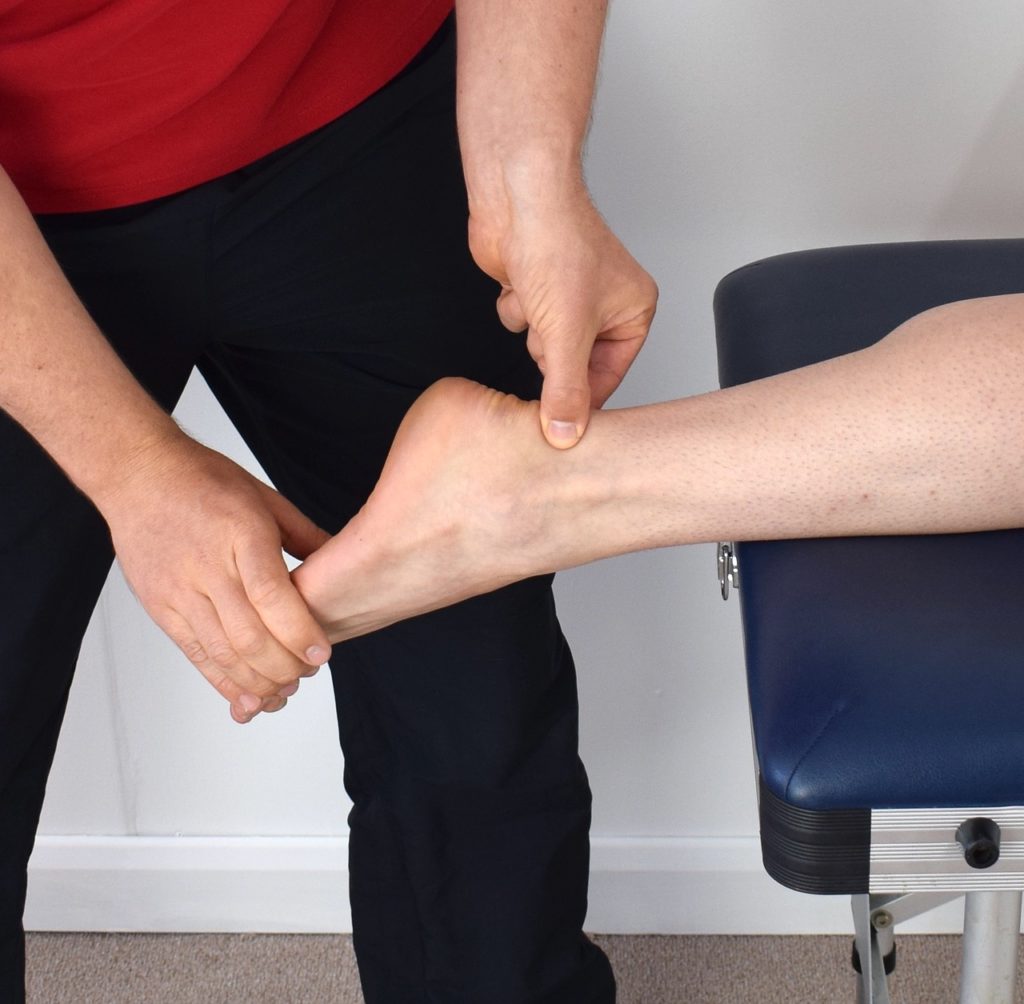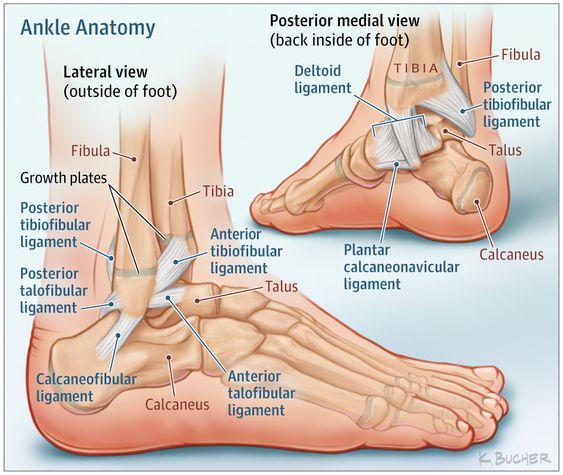Ankle Mobility: Why is it important?
Ankle Mobility: Why is it important?
Having full ankle mobility is one of the best things you can do to prevent injury. Lack of ankle dorsiflexion is a contributing factor to many painful diagnoses throughout the body – and not only at the ankle. The ankle plays a major role in injury prevention due to the compensations that develop if range of motion is limited. If you consider the ankle to be the first major joint that absorbs shock when your foot hits the ground, you can see why having full mobility is so important. If ankle mobility is lacking, that shock will be absorbed somewhere further up the chain and may contribute to pain at the knee, hip or even low back.

Another point to consider is symmetrical ankle dorsiflexion. If one ankle has full range of motion and the other has 50% range of motion, the forces will be unequally distributed throughout the kinetic chain and the body will be unbalanced and forced to compensate.
If you’re experiencing any pain in your knees, hips, or back it may be due to ankle mobility. Our Doctors of Physical Therapy can perform a full body evaluation to determine the cause of the pain, not just the source.
What exactly is ankle dorsiflexion?
Ankle dorsiflexion is the angle created at the ankle when the toes move toward the shin. Ankle dorsiflexion is often limited due to joint mobility restrictions at the talocrural joint (true ankle joint shown below) and/or soft tissue extensibility restrictions of the gastrocnemius and soleus. Past injury is a leading cause of poor ankle dorsiflexion. For instance, after an ankle the ligament will eventually heal. But, if proper treatment is not performed, it is very likely that you will lose ankle dorsiflexion.

Research shows that this often occurs due to an anteriorly displaced fibula (1), or scarring of the ATFL ligament contributing to anterior impingement symptoms (2). Other causes of dorsiflexion limitations include: past surgery, immobilization (walking boot), sports with repetitive dorsiflexion (running/jumping), and lack of use or sedentary lifestyle.

Can loss of ankle mobility cause pain somewhere else?
Yes! In fact it will often cause pain somewhere else. The joints above the ankle will have to absorb an additional amount of force and pressure. This can lead to conditions such as patellar tendonitis, Achilles tendonitis, plantar fasciitis, sacroiliac dysfunction, and lumbo-pelvic muscular imbalances. When you add impact and load with sports such as running, soccer, basketball, weight lifting, etc., the ground reaction force increases even further. This increases the shock absorption demands and places higher stress on the ankle and all of the joints above.
How much dorsiflexion is enough?
Most research shows about 20 degrees of ankle dorsiflexion is the goal. However, the best way to measure is in a closed chain (weight bearing) position. The Ankle Mobilization Test is a great way to do this. Ideally, you would stand close to the wall with one foot in front and both hips square. Keep the heel glued to the floor as the knee reaches forward to tap the wall. Keep scooting the toes away from the wall until you find the spot where the heel stays down and the knee just barely reaches the wall. Measure the distance from the wall to your toes. We want that number to be at least 4 inches, with 5 inches for optimal performance. It is also important that the number is equal on both sides. You may find that the side experiencing pain has less range of motion.
Check out our Ankle Mobilization Test for reference.
If you have pain or anything less than 4 inches away from the wall with the ankle mobilization test, try these exercises to help improve ankle mobility:
Ankle Mobilization in Deep Squat
Ankle Mobility Mobilization and Stretch
Ankle Dorsiflexion with Toe Extension
Have more questions?
Symmetry Physical Therapy is here to help! Whether you are a seasoned athlete or a couch potato, we have the tools to help everyone. If you’re experiencing new pain or if you’ve spent many months treating a painful area, it’s time to look somewhere new. Contact us with any questions or to set up an appointment today!
